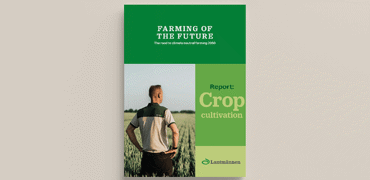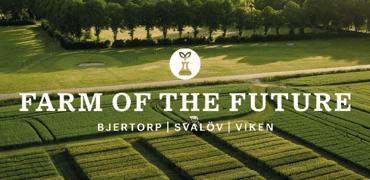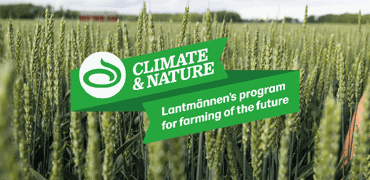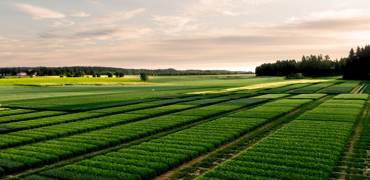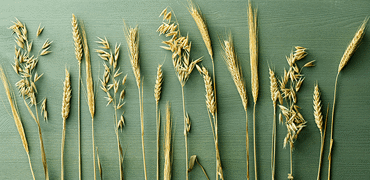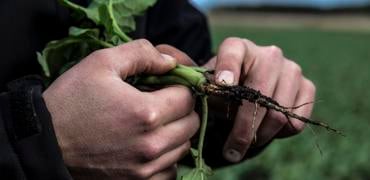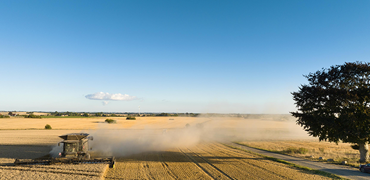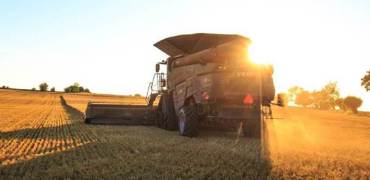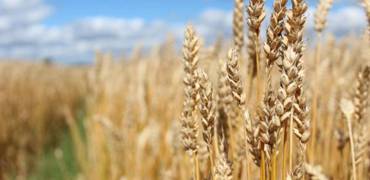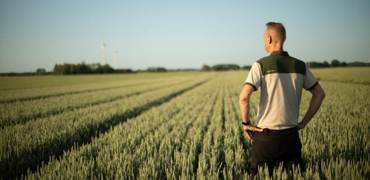“We are facing yet another crucial harvest year for Swedish farmers, for the nation’s food production, and for the country’s overall preparedness. As of today, at the beginning of July, it looks like we are heading for a good harvest on a par with, or just above, the ten-year average. However, larger volumes would have been necessary to improve the profitability of crop production companies,” says Per Germundsson, Head of Grain Business at Lantmännen Lantbruk.
Last year, record-breaking areas of autumn-sown crops were established, and the conditions after a mild winter were good in large parts of the country. Only a small proportion of winter rapeseed and winter cereals suffered frostbite during winter dormancy. Furthermore, low precipitation levels during the winter have led to lower volumes of groundwater, which has made the crops more dependent on rain in spring and early summer. The lack of precipitation during the winter meant that the fields dried up quickly and made record-early spring farming possible. Growth has since varied, depending on temperature and the amount of precipitation, but the outlook is generally positive in large parts of the country.
Pasture grounds, which are important for the livestock sector, look good. A first harvest has been carried out throughout the country, and a second harvest is underway in large parts of the country. In almost the entire country, the grass normally grows a third time; in the southern and coastal areas, grass can sometimes also be harvested a fourth time.
“There is still a significant part of the season to go, and the final outcome is, as always, affected by the weather conditions leading up to and during harvest,” says Per Germundsson.
Continued low profitability
Profitability for Swedish crop farmers is generally low. Partly, profitability has been very negatively affected by the poor harvests of the past two years – and partly by shrinking margins due to both high prices of input goods and declining world market prices for grain. The challenges of navigating an uncertain world and the changing climate are tangible. This year's calculations are estimated to be the worst in five years, and a good harvest with good quality is of the utmost importance.
Increased exports mean strengthened preparedness
With large uncultivated areas, access to clean water, high standards of animal welfare and many skilled farmers, Sweden has agriculture and food production at the forefront with good opportunities for growth, according to Lantmännen. Above all, Swedish farmers want to invest for the future and growth, given the right conditions for developing and investing in their businesses.
“Lantmännen is working to increase food production, both for domestic consumption and exports. Increasing Swedish food exports has several advantages. In addition to creating growth and increased profitability in agriculture, it is also the most cost-effective way to strengthen Sweden's preparedness. If a crisis should arise, export flows can be redirected to domestic consumption,” says Magnus Kagevik, Group President and CEO of Lantmännen.
The new national food strategy highlights this potential in Swedish agriculture and food production, and Lantmännen agrees with the strategy's ambitions – in particular the analysis of reducing the current trade deficit in the sector. That deficit is currently estimated at about SEK 80 billion.
-----------------------------------------------------------------------------------------------------------------------------------------------
The calculation behind Lantmännen's harvest forecast
The weather during the rest of the summer and during the harvest affects both the actual volume and the quality. It is important to keep in mind that the harvest forecast is just that – a forecast. We will only know what this year's harvest was once the farmers have harvested their crops and the results have been compiled.
The harvest forecast is based on a yield calculation based on weather data, precipitation, temperature and area data for each county, which farmers in Sweden have submitted to the Swedish Board of Agriculture. Historical data, such as returns for similar years, are also taken into account. But it is also important to consider that even though Lantmännen has made several calculations, based on several reliable data sources, there is always some uncertainty in forecasts.
*Ten-year average
The ten-year average is calculated as an average of the last ten years, where the highest and lowest values have been removed. This means that the measure is an average of the eight years closest to the median and thus a more representative measure over time. For the years of 2015 to 2024, the average is 5.5 million tonnes.
For more information, please contact:
Lantmännen's press office
Tel: 010 556 88 00
E-mail: press@lantmannen.com






